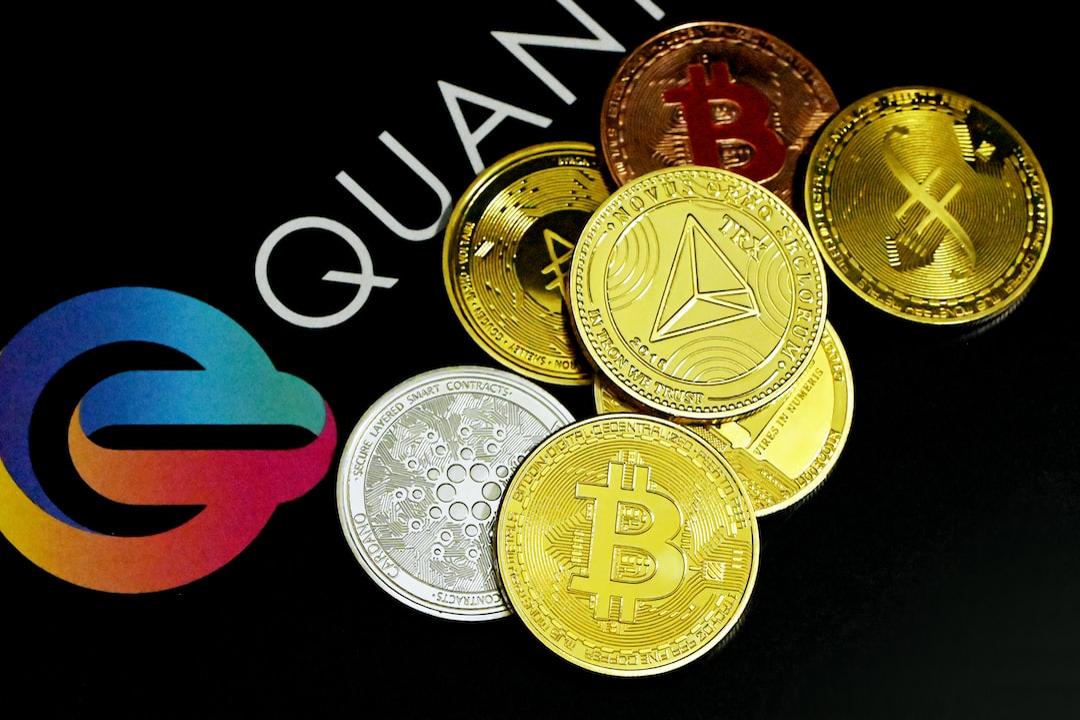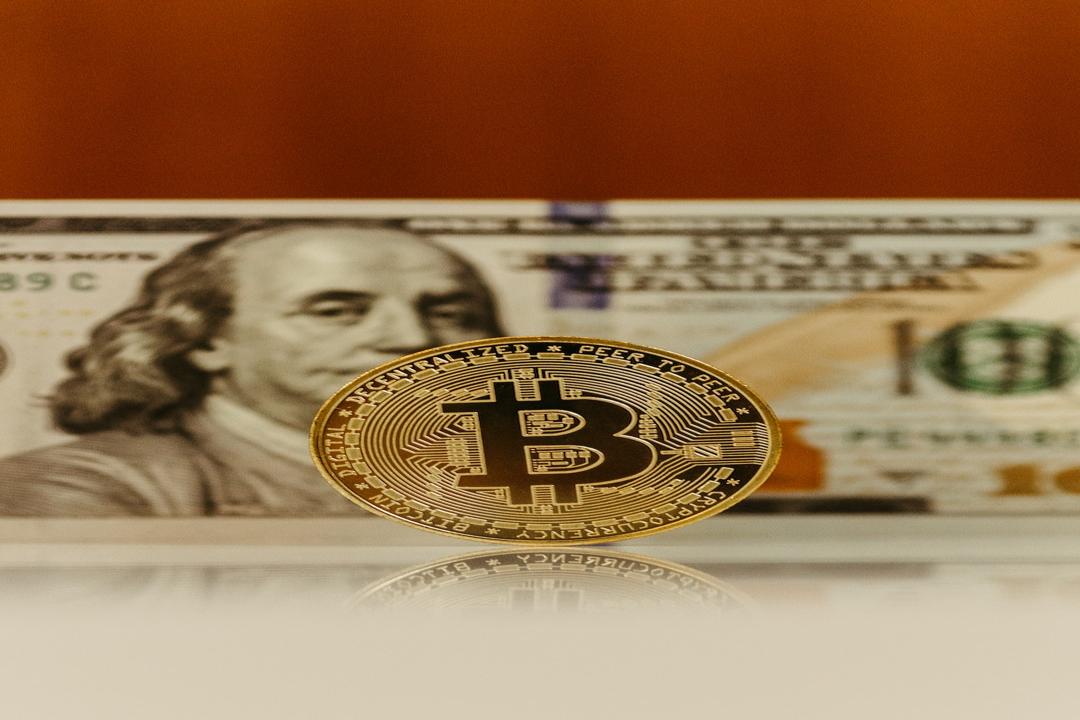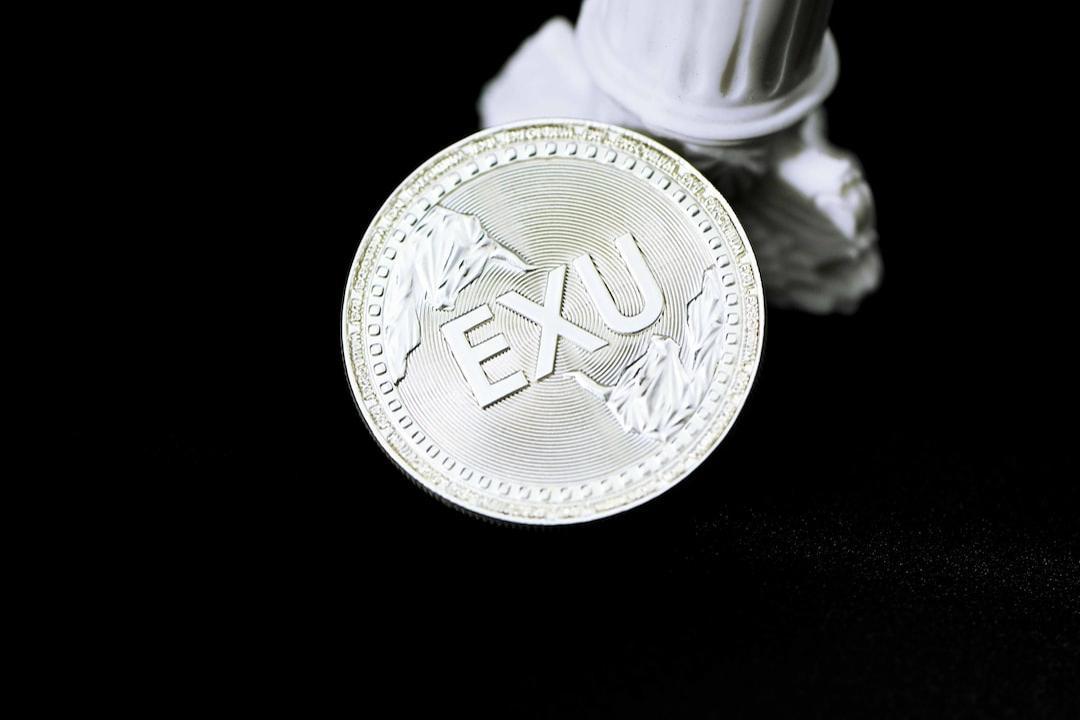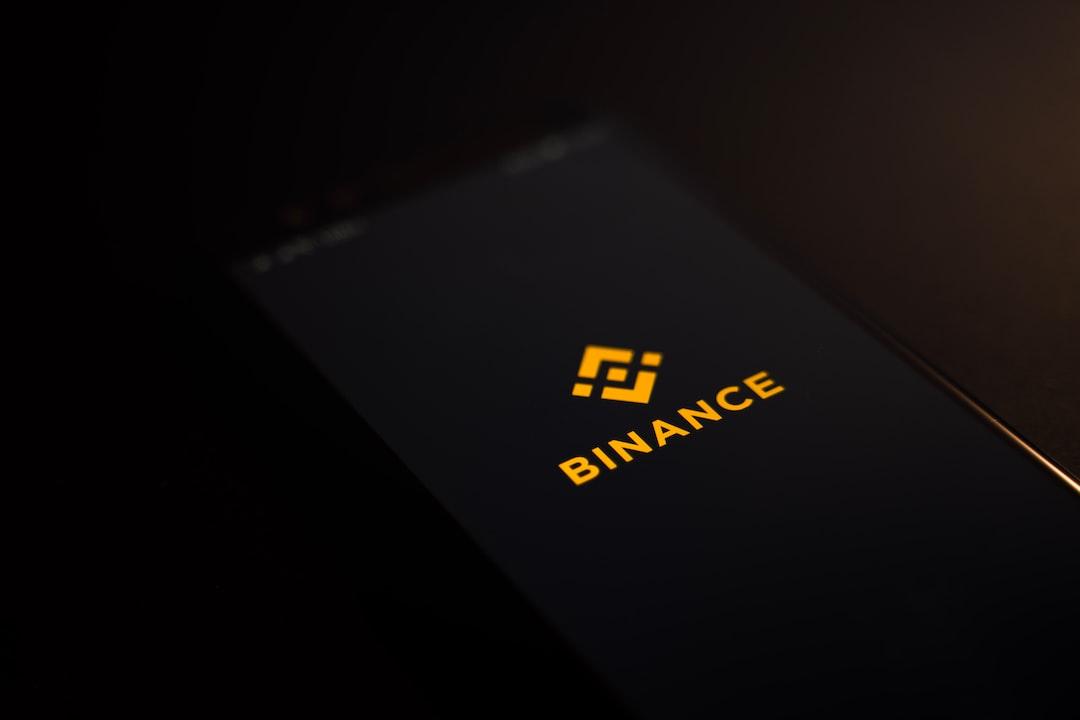Who is the inventor of Bitcoin, Nakamoto Satoshi, has always been a subject of speculation and unknown to everyone. However, there was a university student named Martti Malmi who had frequent interactions with him and was thus changed for life. This article is sourced from OneKey and organized, compiled, and written by Wu Blockchain.
(Previous summary: Judge ruling: Australian Nakamoto “is not Nakamoto” or the author of the Bitcoin white paper, key evidence revealed)
(Background supplement: Bitcoin broke through 68,000, Nakamoto rose to 20th on the Forbes rich list, pushing out Huang Renxun?)
Table of Contents:
The early operation of Bitcoin was very similar to a startup company
Ultimately, Martti took on everything
Belief in Martti’s investment
The last email
In 2009, Martti Malmi, who was still a sophomore at the Helsinki University of Technology, came across bitcoin.org and wrote an email to Nakamoto Satoshi, saying, “I would like to help with Bitcoin, if there’s something I can do.”
To be honest, this was a rather hasty job application email. But since then, the gears of destiny began to turn.
Martti Malmi became Nakamoto’s first collaborator and the person Nakamoto trusted the most, and from then on, Bitcoin changed his life. There have always been legends in the cryptocurrency community about college students becoming wealthy, and Martti must be the originator of this legend.
Last month, he publicly disclosed the email history with Nakamoto Satoshi, allowing us to review the magnificent history of Bitcoin from different perspectives. Here are some interesting findings from OneKey.
Just like most startup companies at that time, they registered the domain name “bitcoin.org” and had extensive discussions about product features, UI (user interface), and the website.
Different from the entrepreneurial atmosphere at that time, their work was all done through email communication, and no one had ever seen the boss “Nakamoto Satoshi”. Nowadays, remote work has become popular in the crypto industry, and major crypto companies such as Binance, Paradigm, and our OneKey have all adopted global collaboration to varying degrees.
This was the first remote task assigned by Nakamoto Satoshi to Martti Malmi — FAQ (Frequently Asked Questions). Nakamoto Satoshi said that what the website currently needed the most was some written content, and he was “not good at writing, but good at coding.” The original translation was, “You can consider setting up a website on SourceForge. There is no content there yet. If you can prepare a FAQ, I can organize the content I have previously answered in emails and forums for you, which can help you obtain the necessary information and inspiration.”
Nakamoto Satoshi was obviously a good boss, seriously considering the suggestions of a young college student like Martti. Here, Nakamoto Satoshi was like a product manager, discussing the features of the Bitcoin core client’s “minimize to tray” and “startup on boot”. Like many computer programs at the time, everyone was competing for user usage and reducing “user churn rate.” Of course, Bitcoin adopted this “strategy” to encourage more people to run full nodes and make the early network more secure. The original translation was, “Next, I plan to join a feature that allows the Bitcoin program to automatically run when Windows starts up and can be minimized to the system tray. This will significantly increase the number of online nodes. In retrospect, you did point out a critical missing feature, which has the potential to greatly increase the number of nodes. Without automatic startup, it is difficult for us to retain users after their initial attempts. As the secret to the success of early file-sharing networks, it is crucial to have the program run automatically and default to hiding in the system tray. Although it seemed inappropriate to introduce this feature in our first version (v0.1.0) due to the lack of stability, now that the program has become stable enough, this feature has become a must-add feature for our next version to ensure that users who are willing to try the new version have a better experience and are willing to continue using it.”
As an “entrepreneur,” Nakamoto Satoshi couldn’t help but complain about internet startup projects that had “no code” but attracted a lot of attention.
In the email below, Nakamoto Satoshi believed that SourceForge’s features were no longer sufficient for the Bitcoin forum and needed to switch to a different forum service provider. At the same time, he complained, “I have seen some projects that have attracted a lot of attention based solely on forum discussions and planning, even though they haven’t started writing any code yet. The discussions on the forum provide a platform for exposure to the project, attract new users, help solve support issues, and identify the most needed features (so this forum is important).”
In terms of marketing in a startup company, Nakamoto Satoshi was not entirely an extreme “geek.” In this email, he mentioned that the promotional point “anonymous” on the official website seemed a bit suspicious and suggested that it would be enough for everyone to know it privately. The original translation was, “‘Anonymous’ sounds a bit suspicious. I think those who want to be anonymous can figure it out themselves without us promoting it so widely. I made some changes to the bitcoin.org homepage, but updating the translations is not really urgent. I tend to continue editing and revising in the near future, so if they want to update, it’s best to wait.”
In the email communication, Nakamoto Satoshi repeatedly expressed that he didn’t want to be the public face (although in the end, most people still remember Nakamoto Satoshi). He encouraged Martti to use his real name and address. He asked Martti to use his own credit card/ID to register for servers and bank accounts.
If you were Martti, would you be scared and “run away”?
The original translation was, “I received a $2,000 donation request, but I need your mailing address to have it sent out. Yes, the donor wants to remain anonymous, so please protect the privacy of the envelope’s source.”
In some Bitcoin propaganda points, Nakamoto Satoshi also had Martti speak on his behalf while reminding him of marketing risks. The original translation was, “On the SourceForge website, you can express many opinions that I can’t say on my own website. However, I feel a bit inappropriate about explicitly stating ‘Bitcoin as an investment.’ This statement is somewhat risky, so it’s best to remove this viewpoint. If users have this idea themselves, it’s fine, but we cannot promote it as a selling point.”
It didn’t seem inappropriate to assign the interview task to newcomer Martti. The original translation was, “A blogger wants to write an article about Bitcoin, but I don’t have time to answer his questions at the moment. If I introduce him to you, would you be willing to answer his questions? This way, we may gain a good link resource.”
Boss Nakamoto Satoshi suddenly disappeared for a month, and Martti took on the responsibility of operating the forum. The original translation was, “I’ve been busy with other things for the past month and a half. I just finished downloading my emails starting from early April. I’ve mostly taken care of everything and should be back to working on Bitcoin soon. It’s great to see that you’ve handled some things while I was away. Congratulations on completing your first Bitcoin transaction!”
Nakamoto Satoshi also foresaw that if Bitcoin were to become mainstream, it would undoubtedly consume a large amount of energy. This may have been a “explosive” viewpoint at that time: the banking system was more resource-intensive than PoW.
“If we ultimately have to choose between economic freedom and resource conservation, it would be ironic.
Unfortunately, ‘proof of work’ is the only solution I have found that can make peer-to-peer electronic cash systems work without trusted third parties. Even though I didn’t intend it to be a primary distribution currency, proof of work is still crucial for coordinating the network and preventing double-spending. If it really starts consuming a lot of energy, I think such energy consumption would still be less than the labor and resource consumption of the traditional banking activities it aims to replace. Its cost would be much lower than the billions of dollars spent by banks on paying for all the brick buildings, skyscrapers, and useless credit card promotional mail.”
We all know that on December 12, 2010, Nakamoto Satoshi made his final post on the Bitcoin forum discussing DoS (Denial of Service) and then stopped participating in the forum activities. However, this was not Nakamoto Satoshi’s last email.
A month later, in this email from Nakamoto Satoshi to Gavin Andresen (also copied to Martti), Nakamoto Satoshi reiterated his unwillingness to participate in any media PR content and interviews. And here, we can see that Nakamoto Satoshi was very concerned about Bitcoin growing too fast, leading to unmet demands for various features, attack defenses, etc.
At the same time, they were concerned about the frenzy of public opinion. At that time, some unofficial Bitcoin spokespersons emerged and exaggerated the claims, even proclaiming that it would replace PayPal or even the Euro. They wanted to emphasize in the media that Bitcoin was a front-end experiment and had not reached the stage of large-scale application.
Another month later, this was the last email from Nakamoto Satoshi to Martti, arranging some administrator password matters, and then disappeared again. This farewell was for 13 years and probably won’t be seen again.
Nakamoto Satoshi’s disappearance was full of legend, but in these emails, we saw a closer side of Nakamoto Satoshi. It seemed that the “god” was not out of reach, and he seemed to be around us, as if everyone was Nakamoto Satoshi.
Martti’s story is not just an illusion. In the next wave of the bull market, how many more “college students” legends will we witness?
Related Reports
Decoding Nakamoto Satoshi’s Emails: What Contributions Did the “Mysterious Donor” Make to Bitcoin?
The Mysterious Ally of Nakamoto Satoshi: Who is the Legendary Cryptographer “Hal Finney”? The Key Pusher Behind BTC
US Capitol Raises Flag to Commemorate Nakamoto Satoshi? The Bitcoin Community “Celebrates the Truth” to Disappointment.


